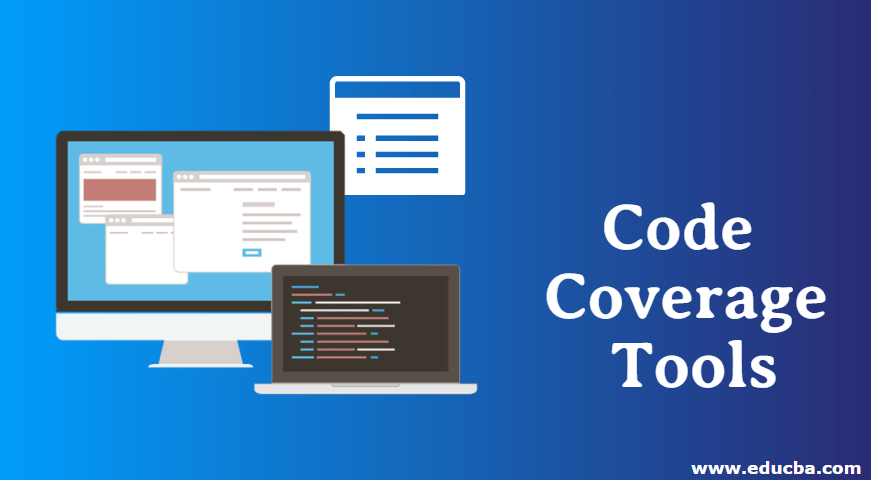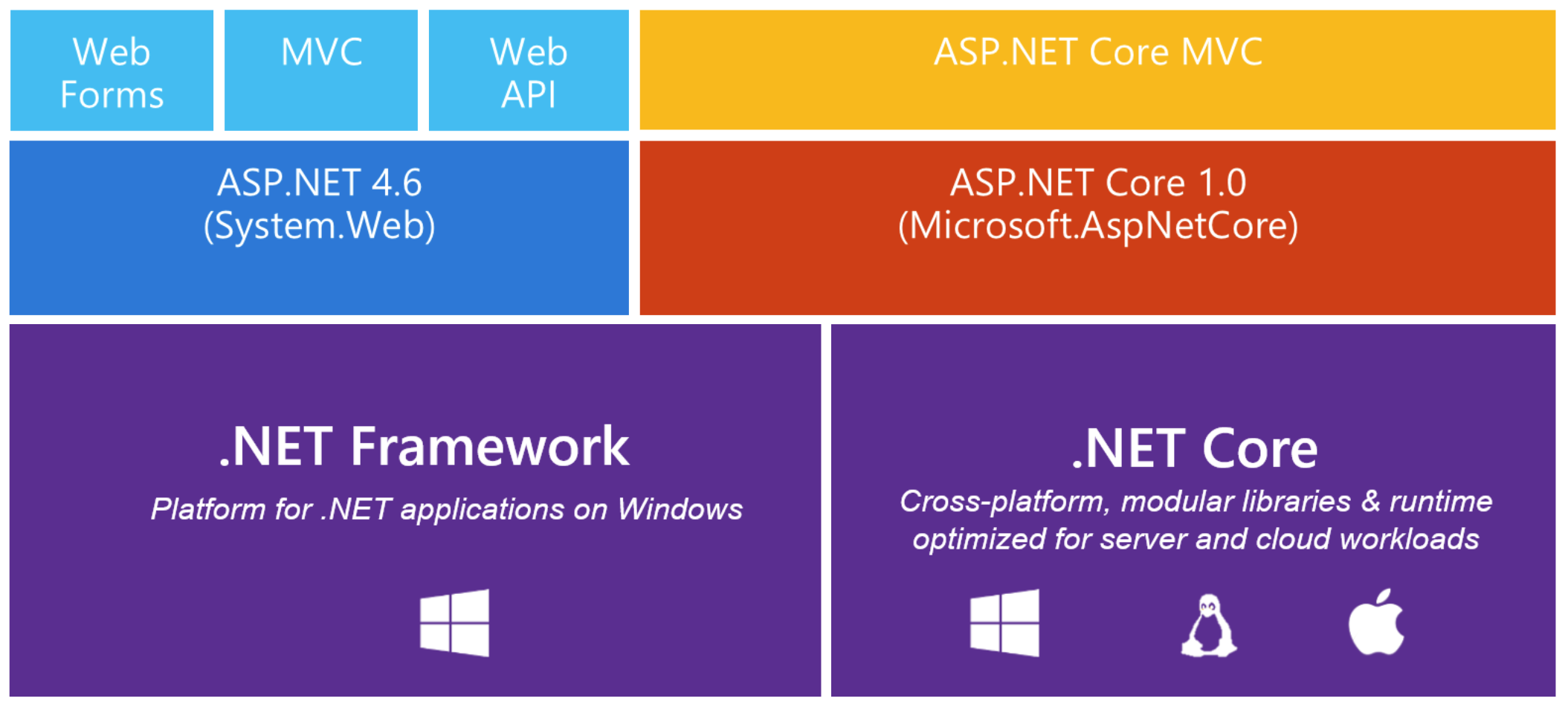Testing is crucial for developing robust software and ensuring code quality. Complete code coverage through rigorous testing helps catch bugs early and prevent issues from making it to production. While 100% coverage is challenging to achieve, following best practices can get an application very close.
Prioritizing Input Validation
Proper input validation is key for robustness. Test every possible input value - maximums, minimums, zeros, out-of-range values. Also test empty or null inputs. For user-controlled inputs, systematically test all combinations of true/false values for things like options or permissions. Unexpected data types should be sanitized or rejected.

Exercising Conditionals Fully
Testing every code path, including conditionals, is necessary. Make sure to test each conditional statement as both true and false. Additionally, test every predicate within conditionals separately with varying operand values. Unusual order of operations or edge cases could cause bugs.
Stress Testing Loops and Exceptions
Loops require special attention. Test loops at their maximum and minimum iterations, as well as boundary cases. Exceptions must also be well-covered. Deliberately invoke exception conditions the code handles. Similarly, trigger scenarios for exceptions without explicit handling.
Single Entry/Exit Points and Robust Validation
Ideally, code follows principles that simplify testing, like single entry/exit points. Input validation should reject invalid parameters and formats instead of relying on further logic. Error handling normalizes unexpected states to avoid undefined behaviors.
Defensive Coding Where Applicable
Some defensive coding, while not directly tested, improves robustness. For conditionals, provide false case handling via else blocks. For switches, use a default handler. Insert runtime checks for logical errors or invalid assumptions. Proper commenting justifies untested defenses.
Automated Regression Across Environments
Build test harnesses toinvoke the code-under-test in isolation and as integrated units. Automate regression via a continuous integration framework against versions over time. Conduct testing across all expected deployment configurations and environments. Rigorous testing is key to achieving 100% code coverage. Following input validation, edge/boundary case exploration, stress testing, and defensive coding best practices enables thorough verification of every code path. Automation further ensures robustness across software lifecycles.
Load and Stress Testing Infrastructure
Stress testing simulates real-world usage at scale. Simulate theoretical maximum loads for the system and slightly exceed limits. Monitor performance, errors, and resource utilization under heavy concurrent usage. Identify bottlenecks or scalability limitations.
Testing Error Handling and Exception Scenarios
Errors will occur - the code must gracefully handle them. Intentionally insert bugs, crashes, and exceptions to validate error handling. Try “fail fast” over catching silently. For expected exceptions, verify error messages and fallbacks. For unexpected cases, ensure generic handlers prevent cascading failures or undefined states.
Automated Regression Testing Over Time
As code evolves, automated regression testing ensures old bugs do not reemerge and changes do not break existing functionality. Implement regression testing as part of continuous integration workflows. Track test coverage and failures over versions. New development should increase coverage, with allowances for refactors not affecting logic.
Sandbox Testing in Isolated Environments
Ideally each component tests independently in sandboxed virtual environments that mimic production. Establish testbeds to validate functionality across different configurations like operating systems, databases, versions of dependent services, etc. without disrupting live systems.
By rigorously exercising inputs, branches, errors and boundary cases - and automating regression over versions and environments - testing helps maximize coverage and build software quality in from the start. Though 100% can be challenging, following best practices comes very close to fully verifying robustness.

 Comparing ASP.NET Web Development with VB.NET and C
Comparing ASP.NET Web Development with VB.NET and C